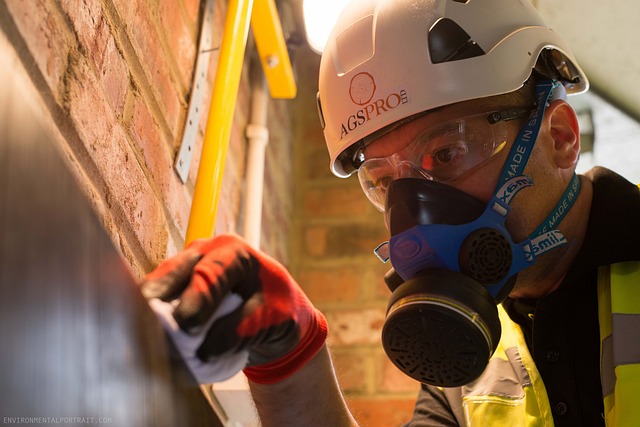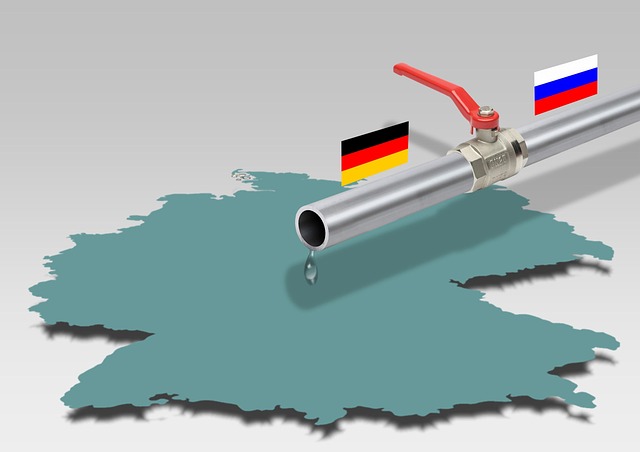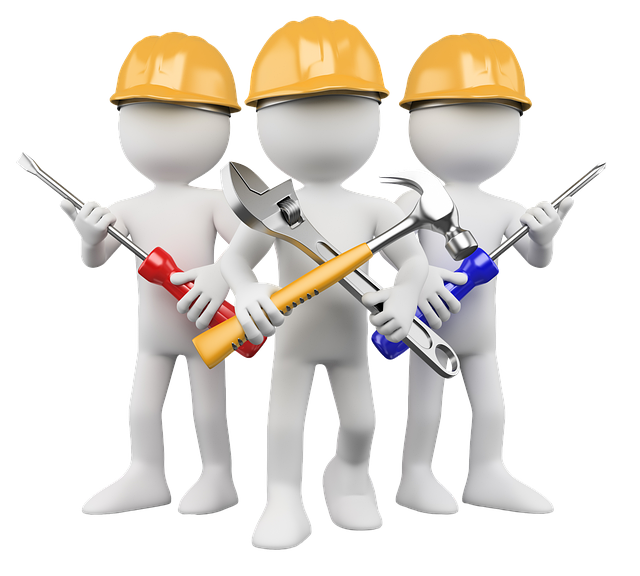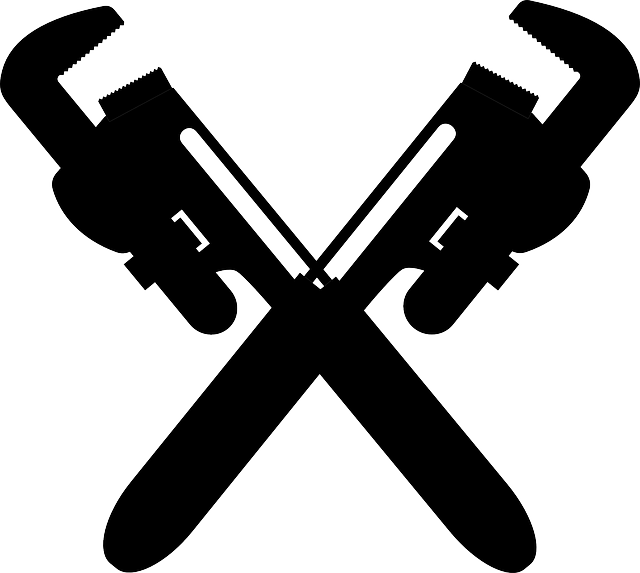Scheduled inspections are a cost-effective way to maintain property systems, enhance system efficiency, and prevent costly emergency repairs by identifying and addressing minor issues early. Routine checks extend system lifespans, ensure comfort and safety, and save money in the long run. Commercial buildings often require more frequent HVAC assessments than residential homes. Regular monitoring of critical components catches potential issues before they escalate, enabling efficient resource allocation and reducing utility bills. These inspections also help extend system lifespans by identifying wear and tear early. Establish a rigorous inspection routine encompassing vital systems and high-risk areas, document findings accurately, prioritize repairs based on urgency and cost, and communicate effectively for swift issue resolution.
Avoid costly emergency repairs with scheduled inspections. This article guides you through understanding, implementing, and optimizing regular checks to ensure system efficiency. Learn how proactive maintenance can prevent breakdowns, extend equipment life, and reduce operational costs. Discover tips for creating a comprehensive inspection schedule tailored to your needs, empowering you to maintain peak system efficiency year-round.
- Understanding Scheduled Inspections: The Key to Preventive Maintenance
- Benefits of Regular Checks for System Efficiency
- Implementing a Comprehensive Inspection Schedule: Tips and Best Practices
Understanding Scheduled Inspections: The Key to Preventive Maintenance
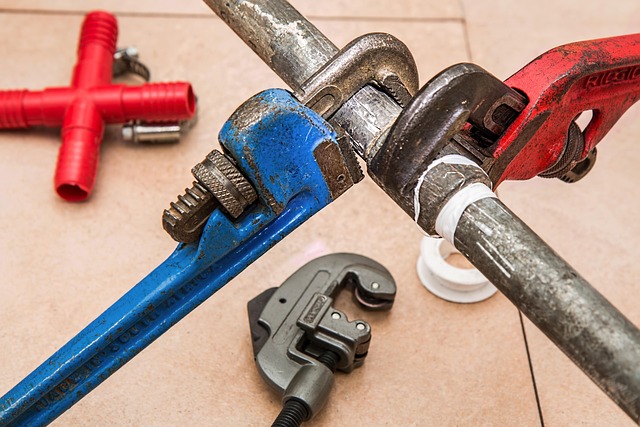
Scheduled inspections are a proactive approach to maintaining your property’s systems, ensuring optimal performance and preventing costly emergency repairs. These routine checks allow for early detection of potential issues, enabling swift action before minor problems escalate. By implementing scheduled inspections, you’re not just saving money on sudden, unexpected maintenance costs; you’re also enhancing the overall system efficiency.
Regular inspection routines can vary depending on the property’s age, type, and specific systems. For instance, a commercial building might require more frequent HVAC checks compared to a residential home. Through these inspections, professionals can identify minor problems like loose connections, leaks, or worn-out components, replacing or repairing them before they cause significant damage or system failure. This proactive strategy not only extends the lifespan of your property’s systems but also ensures the comfort and safety of its occupants.
Benefits of Regular Checks for System Efficiency

Regular checks and scheduled inspections can significantly enhance the system efficiency of your home or business. By proactively monitoring key components, you can identify potential issues early on, preventing them from escalating into costly emergencies. This proactive approach allows for more effective resource allocation, as minor adjustments or repairs can be addressed before they disrupt operations or impact energy efficiency.
Moreover, maintaining optimal system efficiency through regular inspections offers long-term benefits. It ensures that equipment operates at its best, leading to reduced utility bills and lower environmental impact. Regular checks also help extend the lifespan of your systems by identifying wear and tear early, allowing for timely maintenance and replacement, thus avoiding sudden breakdowns.
Implementing a Comprehensive Inspection Schedule: Tips and Best Practices
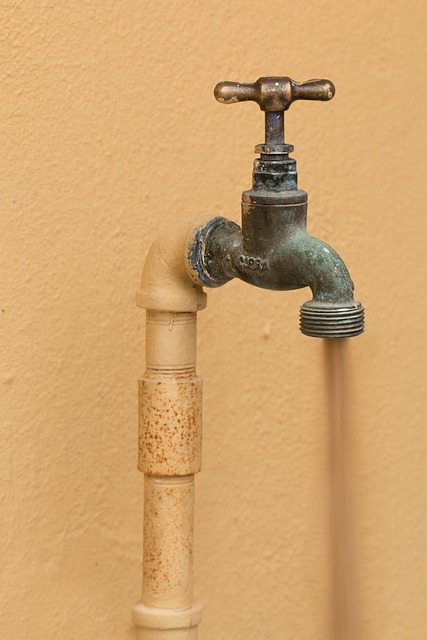
To avoid emergency repairs, implement a comprehensive inspection schedule that covers all critical systems and components of your property or facility. Start by identifying key areas prone to issues, such as plumbing, electrical wiring, HVAC systems, and roofing. Allocate specific intervals for each, ranging from monthly checks for minor maintenance to annual thorough inspections for major systems.
Follow best practices like documenting findings meticulously, creating a prioritized repair list based on urgency and cost, and scheduling repairs during less busy periods. Regular communication among residents, property managers, and service providers is crucial for efficient issue resolution and optimal system efficiency.
